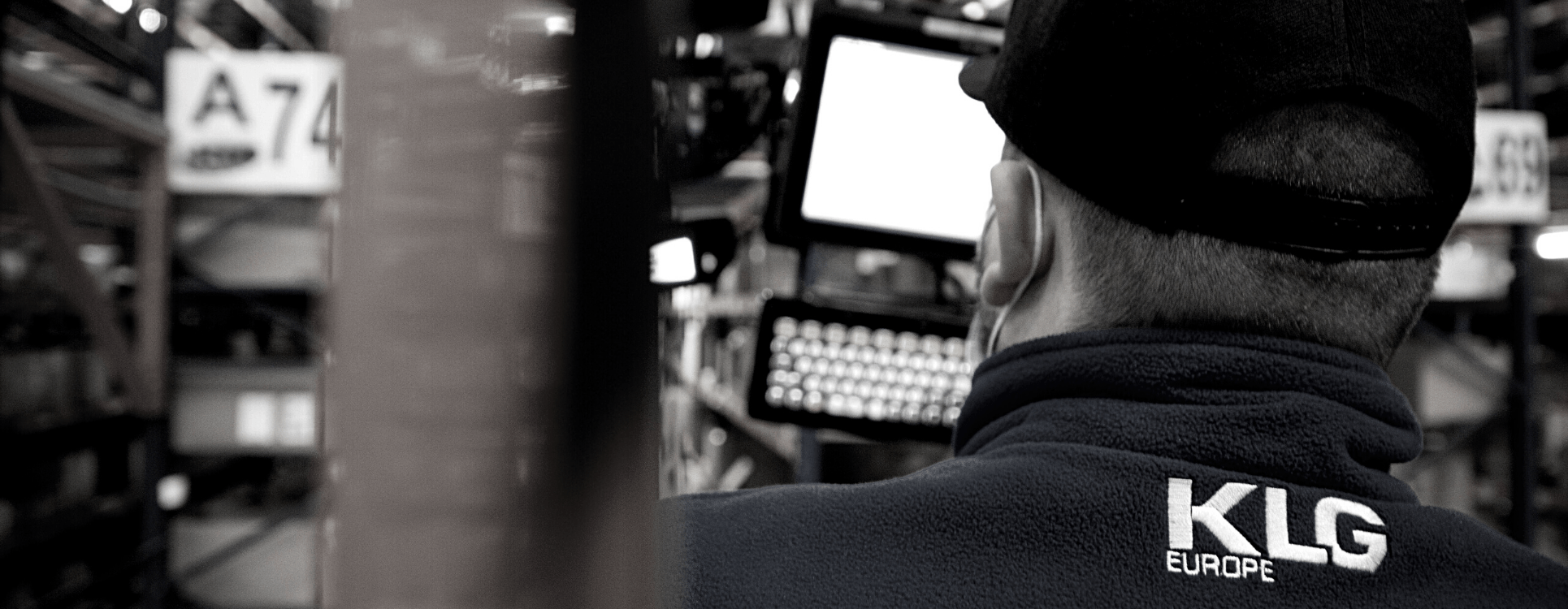If you have an online store and want to expand your business, you must choose a warehouse that can adequately support the activity of selling products online. And for that, you can choose between a traditional warehouse and a digitalized warehouse.
Traditional warehousing is the safe receipt and storage of goods inventory until they are ready for delivery. Inventory tracking and replenishment are done manually by the merchant or storage company. Because there is no technology in such a warehouse to optimize processes or increase their visibility and transparency, data is frequently managed inefficiently.
As a result of a lack of real-time synchronized data and information, supply chain issues arise, ranging from incorrect product selection to e-fulfilment delays. In other words, the problems that could occur can also have an impact on customer relationships and result in lower sales.
However, the improvement of a traditional warehouse can be done at any time by introducing step-by-step automation solutions, such as investing in automatic lifts to assist workers with heavy tasks, but without requiring major changes in the warehouse’s organizational structure.
Digital warehousing is the use of cutting-edge technologies and automation to improve and accelerate operational processes and workflows in a logistics space or delivery centre. This improves speed and accuracy while also increasing visibility to better track the entire movement in the supply chain.
Furthermore, according to the McKinsey Global Annual Banking Review, our e-commerce market is growing. And, in order to meet these market demands, an online store should partner with a compatible 3PL* that has a well-developed e-fulfilment centre.
What services does a 3PL provide?
Because online stores can outsource the e-fulfilment process, track inventory in real-time, and save time and money in the long run, 3PL often provides the best return on investment.
Besides, a 3PL manages the entire network with a Warehouse Management System (WMS), which ensures consistency, transparency, and practical customer support. The implementation of inventory tracking systems and the integration of real-time inventory with a warehouse management system are examples of digital inventory management. And the ability to track inventory flow in a distribution network in real-time provides an e-commerce entrepreneur with full visibility without having to be involved in day-to-day operations.
Conclusion
Many of the problems of an inefficient supply chain emerge at a distribution centre, so when deciding between a traditional warehouse and a digital warehouse, it is important to consider how they work.
Retailers, resellers, shippers and all other types of online businesses depend on smart warehouses to grow. Digital warehouses are the ones that, through modern technology and recent innovations, are also driving change in the traditional processes of distribution centres.
Thus, warehouse management professionals help to simplify the process by providing data transparency while also ensuring proper automation integration and the improvement of all supply chain elements.
*3PL – Represents a company that offers logistics services to other businesses that require them (third parties). Transport, handling, and storage of shipments, warehouse management and distribution, as well as a variety of other services related to transport monitoring, warehouse management, customer transactions, and so on.


